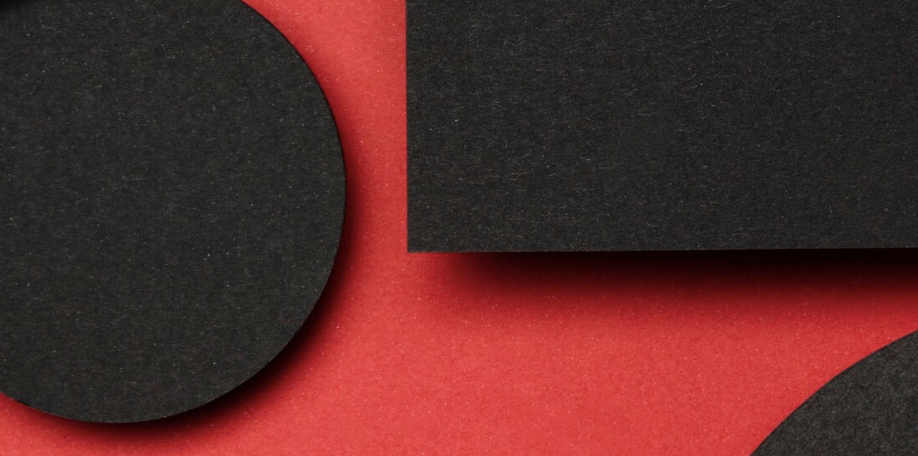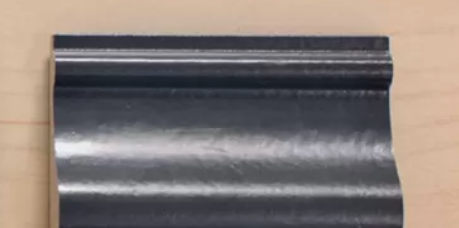
Quick Look
| Hardness | Tensile Strength (Mpa) | Young's Modulus (Mpa) | Elongation at Break, % | Impact Strength (KJ/m²) |
|---|---|---|---|---|
| 85-88 Shore D | 76-80 | 2100 | 8-10 | >26 |
About the Material
Advantages:
High Transparency: Acrylic-Like material has high transparency similar to acrylic (PMMA), making it ideal for applications requiring clarity, such as light guides.
High Hardness: This material has a Shore D hardness of 87, providing good surface abrasion and scratch resistance.
Good Mechanical Properties: With high tensile and flexural strength, it is suitable for parts requiring rigidity and strength.
Limitations:
Limited Weather Resistance: Poor resistance to UV radiation and high temperatures; prolonged exposure may lead to degradation of properties.
Processing Limitations: Due to the hardness of the material, specialized tools and techniques may be required for processing and molding.
Physical Properties Table for Acrylic-Like Material (Urethane Casting Process):
| Property | Value/Description |
| Hardness (Shore D) | 87 |
| Density | 1.2 g/cm³ |
| Cubic Inches per Pound | 23.1 cubic inches |
| Color | Transparent |
| Tensile Strength | 75 MPa |
| Tensile Modulus | 2700 MPa |
| Elongation at Break | 9% |
| Flexural Strength | 105 MPa |
| Flexural Modulus | 2100 MPa |
| Shrinkage (linear) | 0.15% |
| Impact Strength | 60 J/m |
| Bending Strength | 105 MPa |
| Glass Transition Temperature | 100°C |
| Maximum Pouring Thickness | 10 mm |
| Demold Time | 2 hours |
Chemical Properties Table:
| Property | Value/Description |
| Water Absorption | 0.5% |
| Acid Resistance | Moderate |
| Alkali Resistance | Good |
| Oil Resistance | Good |
| Solvent Resistance | Moderate |
Design Parameters:
| Maximum Bulid Size (mm) | Minimum Wall Thickness (mm) | Minimum Assembly Gap (mm) | Tolerance | Minimum End Mill Size (mm) | Minimum Drill Size (mm) |
| 500x500x500 | 1 | 0.2 | 0.50% | / | / |
Industry Applications and Case Studies:
Optical Components: Used for producing light guides, lenses, and display screens requiring high transparency.
Consumer Electronics: Suitable for transparent housings, such as phone cases and tablet enclosures.
Automotive Industry: Used for headlight covers and dashboard parts that require transparency.
Medical Devices: Applied in parts of medical devices that need transparency and biocompatibility.
Frequently Asked Questions (FAQs):
Is the material suitable for outdoor use?
Due to limited weather resistance, it is recommended to apply appropriate surface treatments or coatings for outdoor use.
Can the material undergo secondary processing?
Yes, it can be machined, drilled, and tapped, but processing parameters should be carefully controlled to avoid damaging the material.
How is the chemical resistance of the material?
It has good resistance to most oils and alkaline substances, but limited resistance to strong acids and certain solvents.
Can the color be customized?
Color customization is possible by adding pigments during casting; however, note that this may affect the material's transparency and performance.
What is the recommended temperature range for use?
The recommended temperature range is from -20°C to 80°C to maintain stable performance.
Finishing Options








Parts Made by AutofabX
